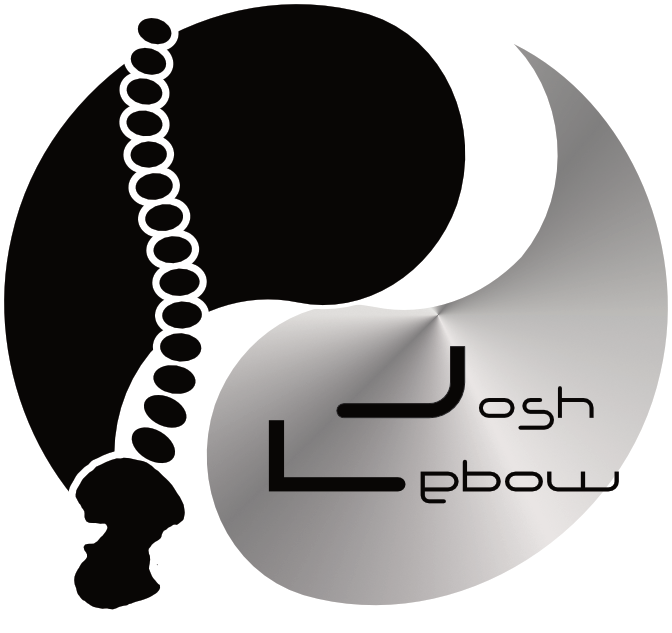Finding Structural Respiration
Structural Respiration: SAFE II
The true ‘core’ is a respiratory engine. It is the physiological foundation of structure and flow. This power house supports stabilization, regulates pressure, and facilitates circulation throughout the body.
Once this mechanism is felt… sensed… it will change how you move and breathe forever.
This quick technique, visualization, is designed to walk you down the path of feeling what the ‘core’s’ job is…at the core. To tune you into what true diaphragmatic ‘breathing’ feels like. To help you sense your deep abdominal connection and to make sure you’re moving, exercising and living, physiologically SAFE.
· Begin in the 90/90 or hook lying position.
· Inhale and exhale naturally for 2-3 breaths.
· Next, focus on inhaling only into your belly / abdomen…’belly breathing’ for 2-3 breaths.
· Continue inhaling deep down into your abdomen but shift the focus from your belly to your lower spine and tailbone.
· Breathe 2-3 x into your tailbone and deep buttocks.
· Notice the air traveling down the spine, through the bottom of your ribcage on it’s path to your tail.
· Visualize the hoop made by the lower ribs encircling your abdomen just above your navel.
· The air passes through that hoop on it’s way to your tailbone.
· Inhale and exhale until you can sense the air moving through the hoop and filling your tailbone and expending your low back into the table.
· Next exhale and make the hoop diameter slightly smaller in all directions as you exhale. You can use your hamstrings to help ‘tuck your tail under’ and lengthen your lower spine and tailbone. This will make it easier to use your abs to shrink the hoop in the front.
· As you Inhale, maintain the now smaller hoop size, as well as feel the air travel down your spine, through the hoop, toward your now lengthening tail.
· Exhale again, feel your deep Abdominal wall engage toward the sides of your abdomen as you exhale, pulling your ribs down in front and shrinking the circle even more.
· Continue to breathe through the now smaller circle, into your tailbone.
o Do not let the circle increase its diameter on inhalation in any way!
o Your breath will not be deep, unless you error and release the circle.
o Take 2-3 breaths into your tail through your small circle.
· Exhale one last time, Shrink the circle even further… making the smallest ring possible (using the abdominal wall) for your air to pass through as you breathe deep into your pelvis.
· Hold your completed exhale, dead stop if you will, for 3-4s.
· Anchor your ribcage down to your pelvis in front, keep your circle tight and Re-inhale, contracting your lateral abs in order to keep the circle as small as possible.
· Feel the pressure created in the low back and head by activating this structural respiratory engine.
